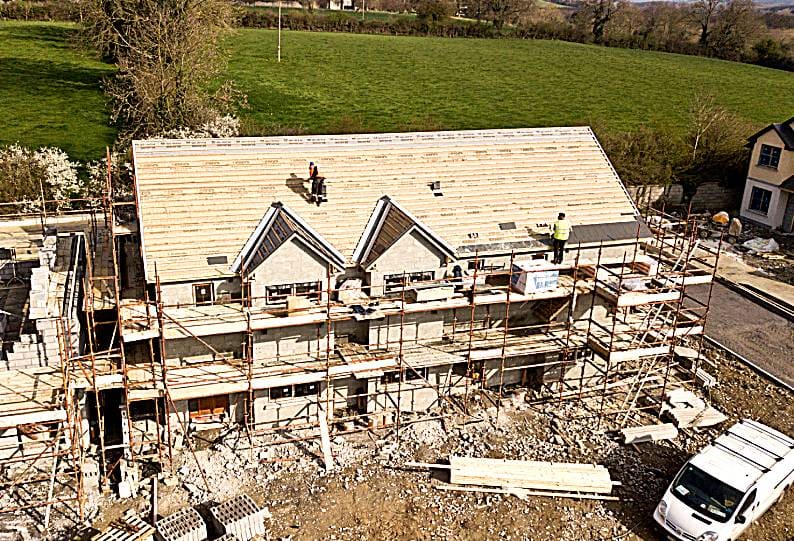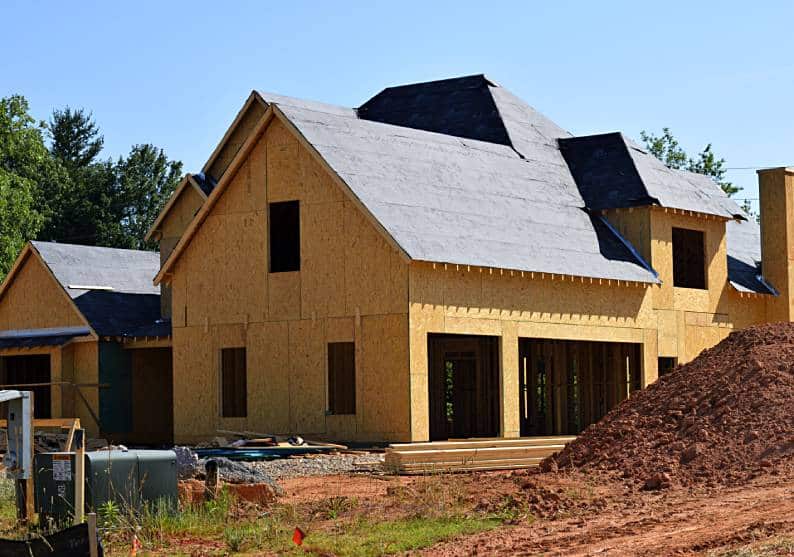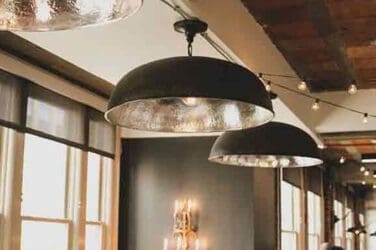words Alexa Wang
When it comes to home maintenance, it’s no secret that tasks can quickly accumulate. One area that often gets overlooked until it becomes a problem is the roof. It’s easy to underestimate the complexities involved in roof repair, and the notion of a do-it-yourself (DIY) project can be tempting to save on costs or to take on as a challenge. However, undertaking roof repairs without professional guidance can pose significant risks — both to your personal safety and to the structural integrity of your home. From the risks of falling to the potential for improper installation, the dangers are abundant. In this guide, we’ll delve into why DIY roof repairs can be risky and why opting for professional help is often the safest and most cost-effective choice.
Hidden Dangers and Safety Hazards
Perhaps the most important reason to leave roof repairs to professionals is safety. The job of repairing a roof, especially for someone without experience in such matters, can be dangerous and intimidating. For starters, there’s the risk of serious injury or death from falling off a roof. Roofs often have steep angles and slick surfaces that are difficult to maneuver on — especially when tools and materials have to be carried. Additionally, if your roof has skylights or other openings, it may not be safe for someone to go on it without the proper harnesses and support systems.
Then there are the lesser-known safety risks that can come with a DIY repair job. For example, working with power tools or placing shingles too close to a chimney could result in sparks that ignite nearby materials. And with many homes having asbestos insulation in the attic, it’s important to have a professional come out and assess if any hazardous materials need to be removed or worked around.
You Need Professional Roofing Equipment
In addition to the safety concerns, DIY roof repairs can also be a costly endeavor if you don’t have the necessary tools and equipment. While it may seem like all you need is a hammer and nails, that’s often not the case — especially with tile or shingle roofs. Professional roofers use specialized equipment such as air compressors, nail guns, saws, and safety harnesses to do their job safely and efficiently. Namely, whether you decide to find more info from equityroofs.com about different tools for roofs or search the web on your own, it’s important to remember that it’s not worth risking your safety for a small repair job. Professionals also have high-quality workmanship that is unlikely to be matched by a novice, and you can rely on their expertise to get the job done quickly and easily.
Voiding Warranties and Insurance Liability
When it comes time to repair a roof, many homeowners think that going the DIY route is the best way to save money. What they don’t realize is that by performing their own repairs, they may be voiding any warranties or insurance coverage on their home. Some manufacturers require professional installation for their products in order to provide warranty coverage, which means that any repairs done by the homeowner will not be covered. Likewise, numerous insurance companies may decline coverage for a home if substantial renovations are carried out without adequate evaluation and inspection. This could leave you exposed and vulnerable in the event of any failure in your repair endeavor.
Time and Effort Required
For most homeowners, the greatest appeal of a DIY project is the satisfaction and sense of accomplishment that comes with it. While this feeling is understandable, it’s important to realize that roof repairs can be very time-consuming and labor-intensive tasks. Even experienced professionals generally require several days to complete a full roof repair job — meaning that for an amateur, the task could easily take weeks or even months.
Health and Personal Safety
A lot of attention is paid to physical safety when it comes to roof repair, but there are also health risks that come with DIY work. Asbestos insulation, for instance, can be found in many older homes and can cause serious respiratory illnesses if not handled properly. Additionally, exposure to harsh chemicals such as tar and asphalt could take its toll on the body over time. When you take on a roof repair job yourself, you may not realize the health risks until it’s too late — making professional help a much safer and wiser choice.
In conclusion, while the allure of a DIY project may seem tempting, the potential risks and complications involved in roof repair make it a task best left to the professionals. Not only are professional roofers equipped with the necessary tools and safety equipment, but they also have the experience and expertise to navigate the complexities and hidden dangers of the job. Whether it’s ensuring the proper handling of hazardous materials or maintaining the validity of warranties and insurance coverage, opting for professional help can save you from potential harm and unexpected costs. In light of these considerations, it’s clear that the safest and most cost-effective choice when it comes to roof repair is to enlist the help of a professional.











